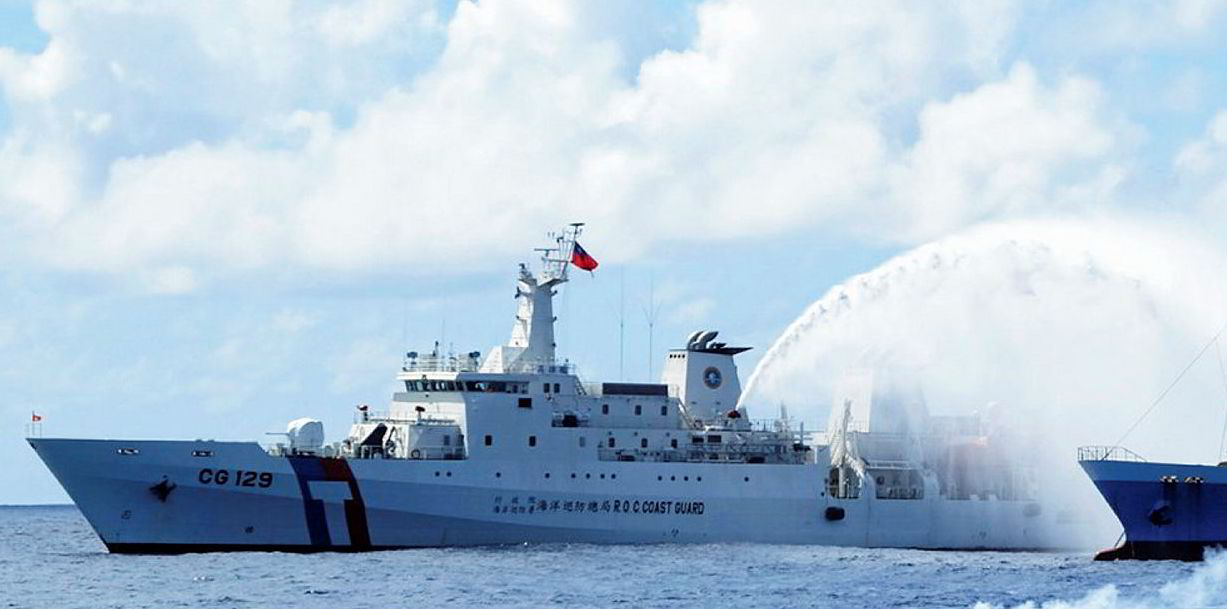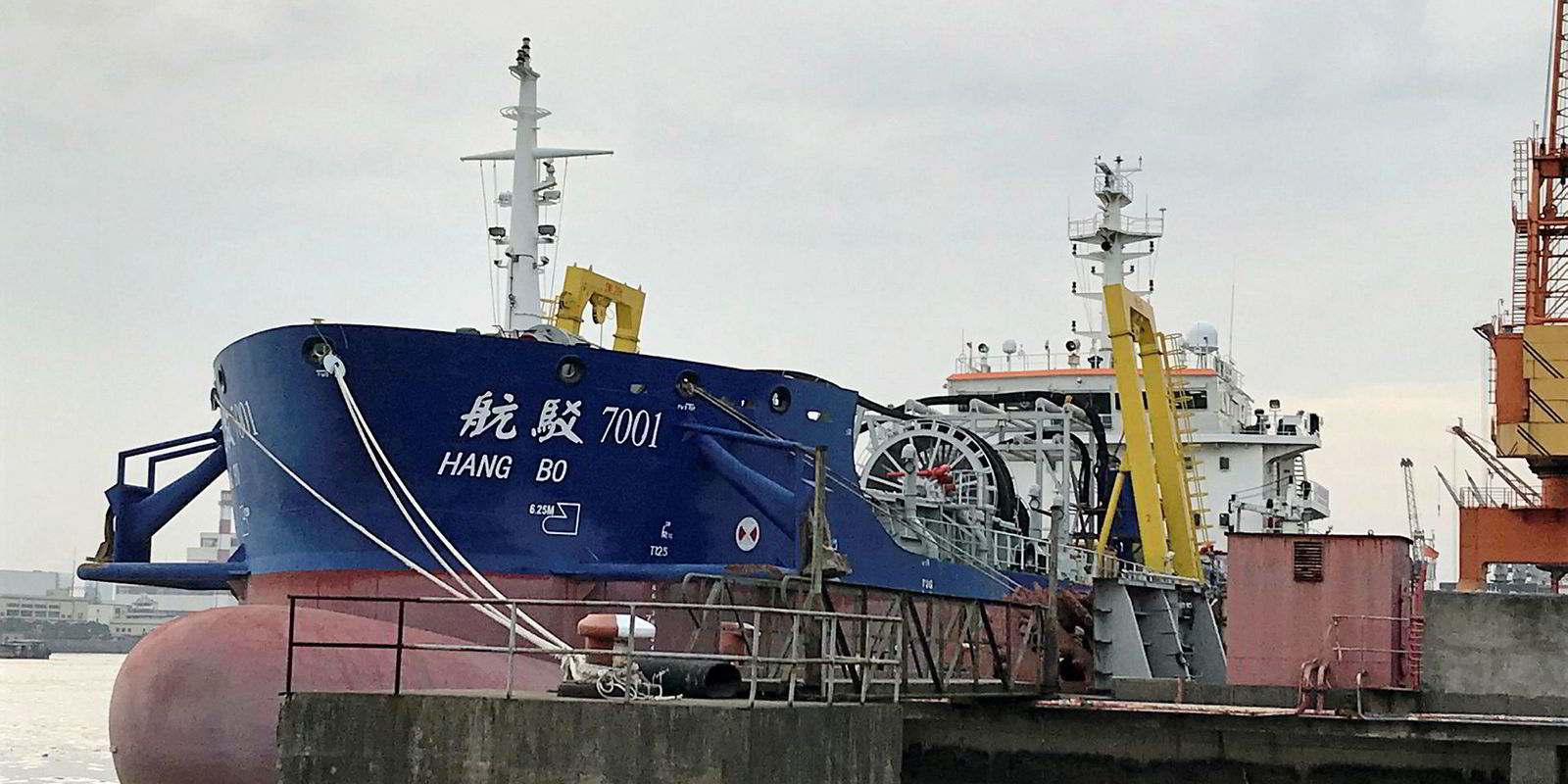Taiwan’s coastguard is touting its success using drones and water cannons to chase illegal Chinese sand miners out of Taiwanese waters. But the controversial trade continues to grow despite moves to suppress it on both sides of the Taiwan Strait.
AIS data indicates that the number of mostly supramax and panamax vessels engaged in the legally questionable sea sand trade in recent weeks is several times higher than a year ago.
TradeWinds broke the story last year of the sudden growth of a regular offshore sea sand trade.
At that time, AIS ship tracking showed only a handful of China-flag dry bulk vessels at anchor on any one day off the Chinese port of Shantou and just outside the coastal waters over the sandy and shallow Taiwan Banks. In recent weeks, more than 20 have been gathered there at times, and activities have gradually drifted towards the Taiwanese side.
Authorities on both sides of the strait fear the possible effects of seabed mining on the waters’ rich fisheries resources.
Last week, the government in Taipei announced that its largest coastguard cutter, the 3,000-displacement tonne Kaohsiung (built 2014), had fired water cannons on a dredger bearing no name on its hull, and forced it out of Taiwanese waters.
The announcement made no reference to any dry bulk ships loading from the dredger.
The move was not the first pushback by the authorities against sand miners but it is being publicised as part of a stepped-up drive to spot sand miners and illegal fishing vessels in waters controlled by Taiwan.
Dredger confiscated and auctioned
In one anti-sand-mining campaign this year, Taiwanese authorities confiscated and auctioned a presumably mainland-owned dredger in the same waters.
The water cannon incident comes as demand increases for sand used in concrete for construction, coastal land reclamation, asphalt and glass production in China. At the same time, Chinese authorities are reportedly continuing to step up the enforcement of long-standing laws against river sand mining.
Anti-sand mining enforcement at sea is also on the mainland agenda. The provincial government in Fujian, opposite Taiwan, has proposed common action with Taiwanese authorities against illegal sand miners.
But observers said the crackdown is more effective inland, and that is driving up demand for sea sand.
Dry bulk volumes in the sea sand trade are not publicly available. AIS-derived data is limited by how consistently a master keeps his vessel’s transponder switched on, but based on available evidence, the number of China-flag bulkers of up to panamax size anchored in active sand-mining areas at any one time reached 23 on 23 May this year. This week, the number was as low as three.
Vessels engaged in the business are owned by small companies based in Ningbo and other cities of Zhejiang province. Last year, after earnings on the north-to-south coal trade diminished, these were supplementing their income with backhaul sand cargoes loaded directly from dredgers.
Nevertheless, several Chinese owners with exposure to international and domestic trades have told TradeWinds that they continue to avoid the sea sand trade because it harms the coastal environment. They also see it as a legally risky grey area that could leave players vulnerable to a government crackdown.
Chartering officials of state-owned shipping outfits told TradeWinds the sand trade is strictly off-limits to them as a matter of company policy.





